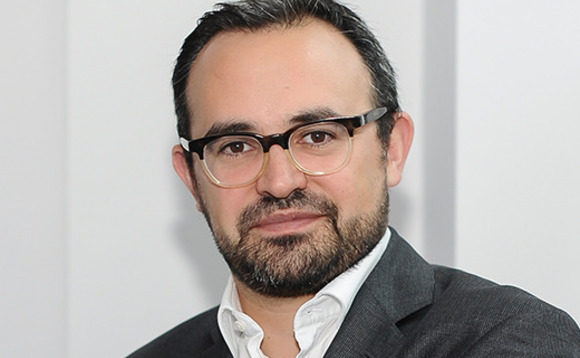
Secondary market update: coming out of hibernation

With June valuations now out and expectations of a distressed wave having failed to materialise, secondary market activity is finally showing signs of picking up. Denise Ko Genovese catches up with Rede Partners' Adam Turtle to discuss current trends
The secondaries market has been notably quiet for much of the year as buyers and sellers paused for breath during lockdown. There was much anticipation for valuations to come out in May; but as Q2 came to pass, the market consensus appeared to be that waiting another quarter would be the sensible course of action, with many GPs taking the time to do their own valuations and rethink projections and business plans.
"At the start of lockdown there was a valuation mismatch that was unbridgeable, and processes were paused," says Adam Turtle, a partner at advisory firm Rede Partners. "There was very little visibility in general and many thought the situation would be similar to that of 2009, when a wave of forced sellers brought positions to market. But the distressed opportunities that people were looking for haven't materialised because there isn't a liquidity issue."
A key driver behind the 2009 crisis was indeed liquidity, which is very different to the situation markets have faced this year due to the coronavirus pandemic. Furthermore, the universe of buyers is now much wider than it was a few years ago and even if a good-quality fund stake came to market at a deep discount, the number of people bidding would automatically push up the price, says Turtle. The days of deep distress in the secondaries market have likely passed, he says.
"Compared to the global financial crisis, there are very few banks in private equity now, and not many funds-of funds that are overcommitted," says Turtle. "Public markets have also rallied, so the denominator effect hasn't been the problem many thought it would be."
In the fallout post-Lehman Brothers, LPs were also worried as to whether they could honour capital calls, but similar fears have been assuaged in recent months since the anticipated LP defaults did not happen.
With June valuations now out, the market appears to be finally coming out of hibernation and the expectation is for a busy final quarter of 2020.
The pick-up in activity is noticeable on the GP-led side, says Turtle. Many private equity houses postponed exits and are now looking for continuation vehicles and fund extensions. And since the secondary market has increased in size, scope and scale over recent years, the range of transactions has grown, making the GP continuation structure funded by secondary capital a very viable option for sponsors.
"Three to four years ago this was a very niche exit strategy, but using the secondaries market in this way has become a standardised tool that is plain vanilla now," Turtle says.
Latest News
Stonehage Fleming raises USD 130m for largest fund to date, eyes 2024 programme
Sponsor acquired the public software group in July 2017 via the same-year vintage Partners Group Global Value 2017
Stonehage Fleming raises USD 130m for largest fund to date, eyes 2024 programme
Czech Republic-headquartered family office is targeting DACH and CEE region deals
Stonehage Fleming raises USD 130m for largest fund to date, eyes 2024 programme
Ex-Rocket Internet leader Bettina Curtze joins Swiss VC firm as partner and CFO
Stonehage Fleming raises USD 130m for largest fund to date, eyes 2024 programme
Estonia-registered VC could bolster LP base with fresh capital from funds-of-funds or pension funds









